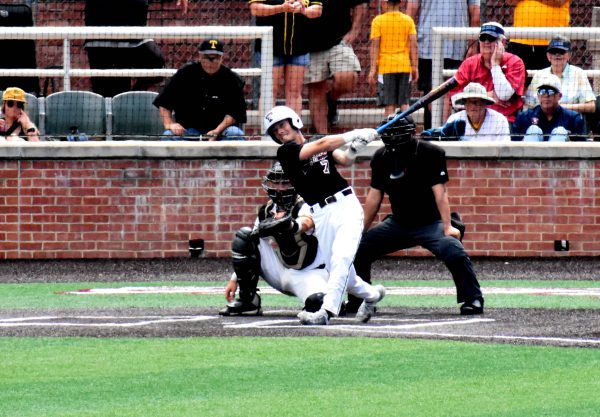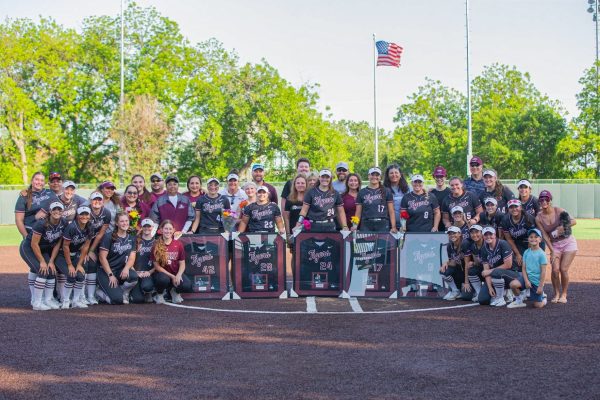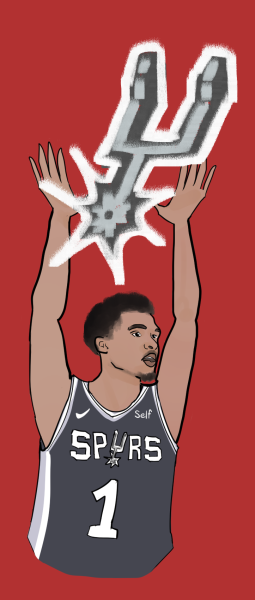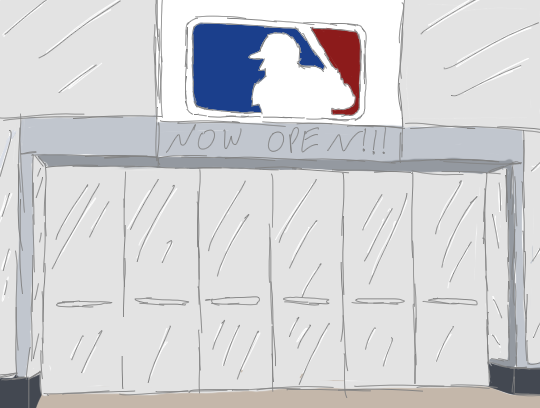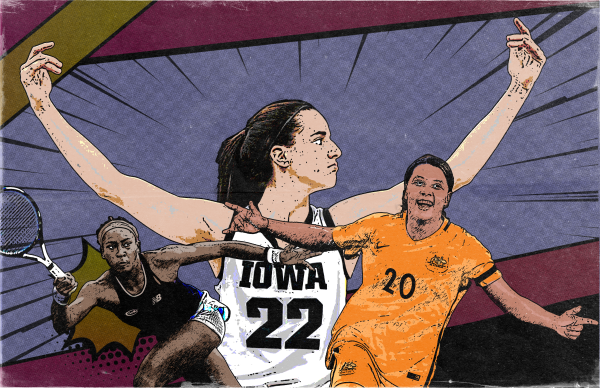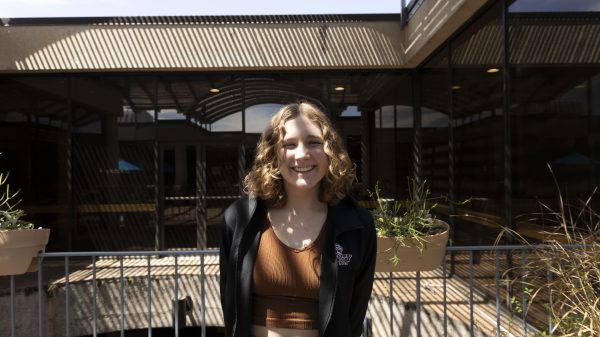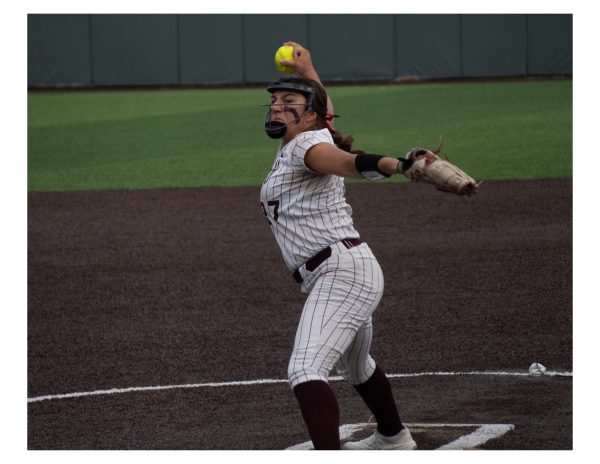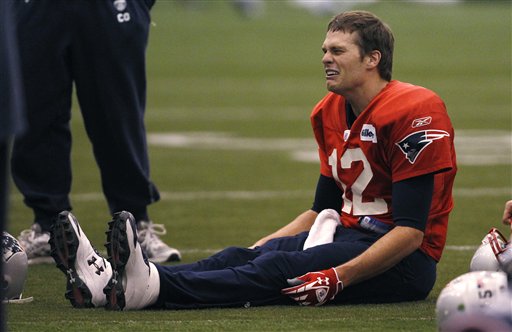New Bell Center regulations aim to keep Tigers safe
Like the rest of campus, the William H. Bell Athletic Center has undergone several changes to comply with COVID-19 safety measures.
Starting in May, Seth Asbury, Associate Director of Athletics for Facilities and Event Management, Quin Patterson, Head Athletic Equipment Manager, Daniel Martinez, Head Strength and Conditioning Coach, and Marc Powell, Head Athletic Trainer had weekly meetings over Zoom to discuss strategies and plans for a safe re-opening.
“We had a shared Google Sheet going around with re-opening plans within each of our respected areas and how we’d go about that. [Powell] and [Asbury] were on the Nerve Center, which was overseeing the entire university, so they came back with feedback and had a direct line of communication, so whenever we had an idea they could take it back to the Nerve Center and say, ‘hey, this is what we are thinking,'” Patterson said.
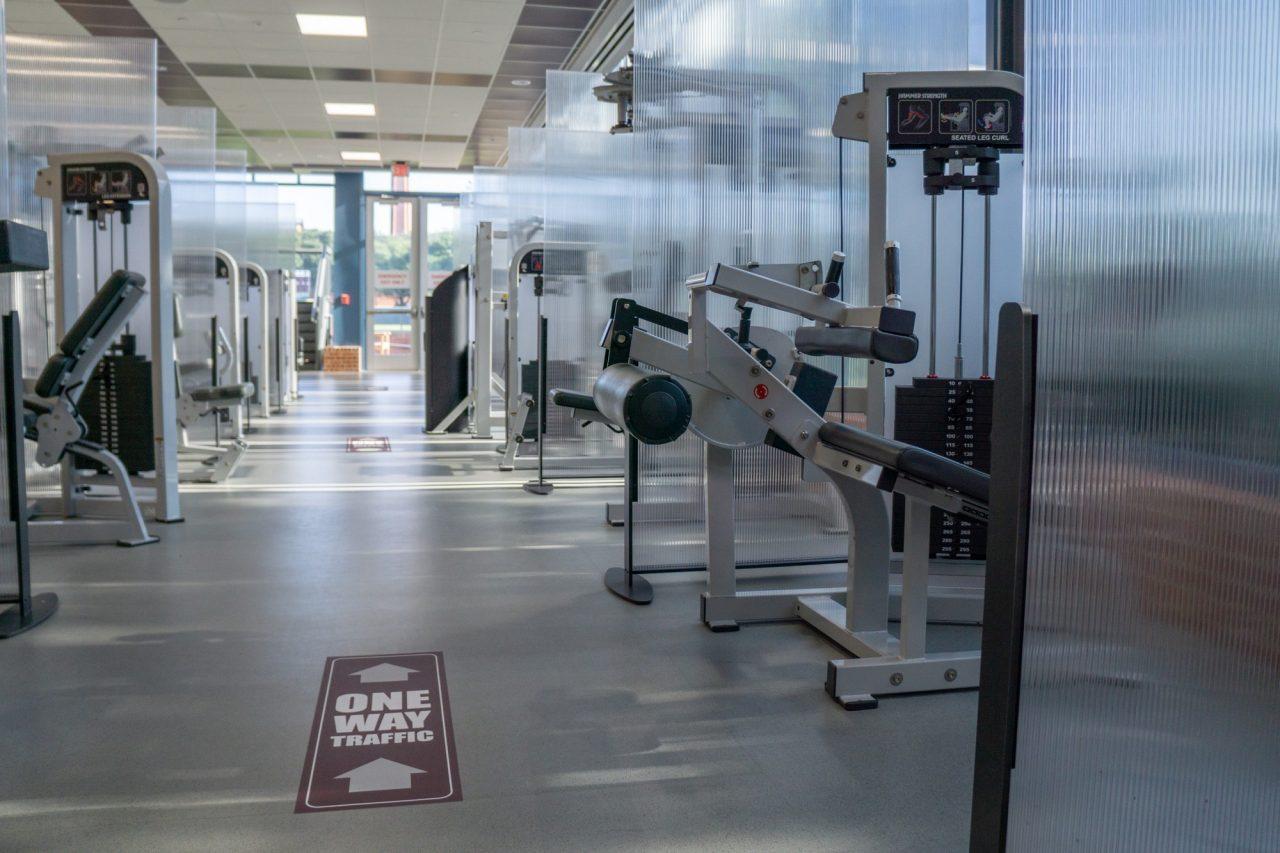
Photo by Kate Nuelle
When making plans, Asbury, Patterson, Martinez and Powell split the Bell Center up according to each floor and the facilities located there. Regulations such as wearing masks will be implemented throughout the building like any other campus facility, but each floor now has their own unique regulations.
First Floor: Athletic training room, locker rooms and equipment/laundry room
This is going to be the most restricted floor because, currently, the demand for use is low. Student-athletes predominately use this floor, and since sports haven’t started yet and locker rooms aren’t being used, the department wants to keep access as limited as possible.
Signs indicating one-way walking directions cover the floors to limit foot-traffic and individuals crossing paths. Additionally, doors have been designated as enter and exit only. Classrooms have signs posted indicating the maximum number of persons allowed inside.
The training room is under new regulations as well to ensure safety. There are a limited number of people allowed in the training room at all times.
“The trainers will be using extra locker rooms to spread out where athletes go to recover. Also, we are separating all athletes by their sports so that a football player won’t recover in the same place as a cross country runner,” said Olive Pertuit, a student-trainer.
According to Patterson, after conversations with Powell, the sports medicine group plans to transition to a schedule-based visitation system.
“If a player or coach needs something, there is no longer going to be a system of just dropping by. Email and we can work out a time to [meet because] we can’t just have people walking in and out constantly as we did before,” Patterson said.
Patterson requires his student-workers to show him a daily green pass that symbolizes clearance to be on campus. Student-workers must also wear masks and gloves during the washing process in the equipment room and laundry room. Each team will have their own laundry hamper along with increased cleaning protocols such as using disposable wipes to clean the hampers and washing machine. Dryer panels will also be used.
Second Floor: Sports Performance Center (SPC)
While the SPC has been mostly utilized by student-athletes, in the past, there were specific hours in which general-students could access it. However, according to Martinez, there are plans to temporarily reduce these hours.
“[There are] daytime hours which are largely inaccessible to students anyways because of class schedules. But we are going to maintain those daytime hours because there isn’t an expected demand during that time, so we believe we can still maintain that aspect of it. The evening hours… [are] where we are planning to limit,” Martinez said.
Ultimately, the SPC is trying to reserve as much time as possible for varsity sports teams. Still, Martinez is sympathetic to general-students who enjoy using the SPC.
“For us, demonstrating that care means putting some boundaries in place and then slowly expanding those boundaries over time. ‘Slow’ being pretty loosely defined because I certainly don’t know what the speed is going to be to get back to day-to-day operations,” Martinez said.
Third Floor: Fitness Center
This floor will be the least restricted; however, there are still many regulations meant to limit the spread of COVID-19. For the use of the fitness center, gym-goers will have to reserve a time slot for a maximum of one hour. During each hour block, there can only be 25 people in the facility. After each block, there will be 30 minutes set aside for student-workers to clean all equipment.
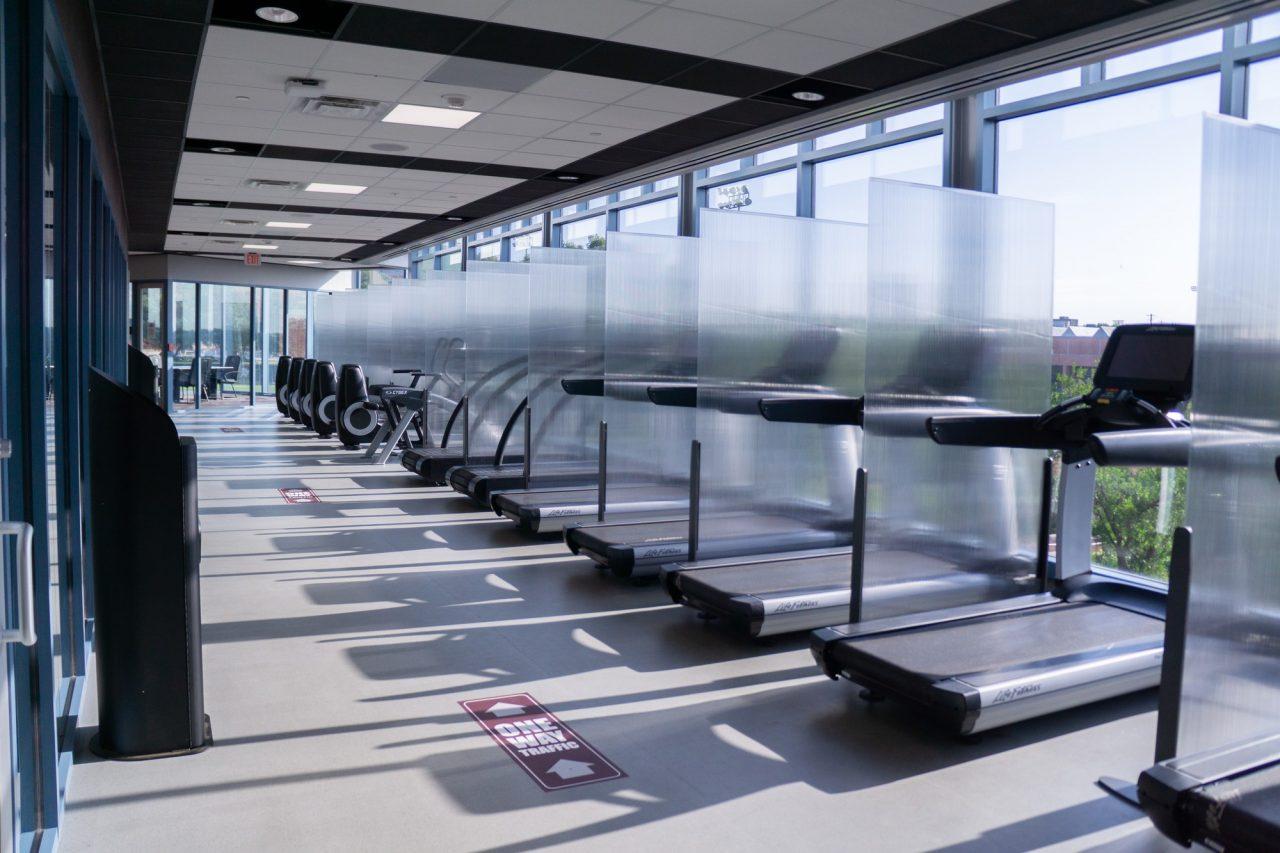
Photo by Kate Nuelle
Users must enter through the main lobby door, show their Tiger Card, a health check green badge that all students on campus must possess and have a mask on, including throughout the workout. Once the workout is complete, users must exit the Fitness Center through the plaza door.
Users must also make reservations to use the basketball and volleyball courts in the gyms as well as individual pool lanes. There is also a one-hour block time limit, and only two people may use the volleyball courts at once.
The reasoning behind scanning Tiger Cards and scheduling a workout is not only to manage numbers and help enforce social distancing but also to help contact trace.
“The reservation system helps and is part of the puzzle,” Asbury said.
While there are many new regulations in place for all students and athletes to follow, everything has been done with the hopes of keeping campus at large safe.
“[We want to make] sure we have the right steps in place and that we are doing the most we can to protect ourselves and others,” Patterson said.


